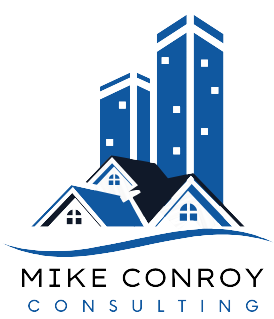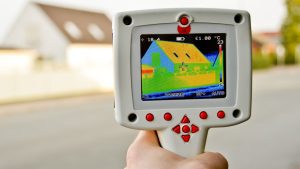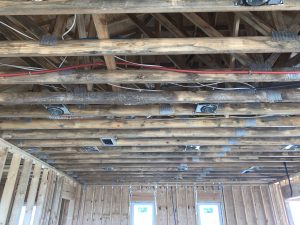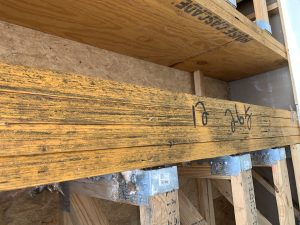Mold is a natural part of our environment, but indoors, it can become a health concern. Research suggests mold impacts people differently, with evidence leaning toward greater risks for certain groups. The EPA notes that mold particularly affects infants, the elderly, and those with compromised immune systems. Mike Conroy, a certified indoor environmental consultant, echoes this: “Mold impacts people, infants, the elderly, and people with compromised immune systems.”
In the U.S., mold isn’t regulated like some hazards, with no federal permissible exposure levels—unlike in other countries. Mike points to a missed opportunity in the 1980s when Congress could have set health cutoffs but declined, possibly due to cost implications. Instead, we rely on industry guidelines aimed at “normally healthy” individuals, which overlook vulnerabilities.
Vulnerable Groups and Potential Mold Risks
Consider a vacation condo on the Gulf of America renting weekly: “How many newborn babies might show up?” “How many senior citizens might go on vacation?”
In areas like Pensacola, Destin, Panama City, or Gulf Shores, where humidity fosters mold, this is crucial for hotels and rentals. Analogies like peanut allergies in South Alabama highlight how everyday elements can harm subsets of people.
Symptoms may include cold-like issues, but evidence varies—some studies link mold to respiratory problems, while others call for more research. Mike advocates awareness without alarm: “We don’t think about the people on the edges that could be harmed by indoor pollutants.”
While not everyone experiences severe effects, proactive testing is key. For balanced views, note that some experts debate direct causation, but consensus favors prevention. Contact Mike Conroy Consulting for assessments in Destin or Mobile to safeguard your space.











